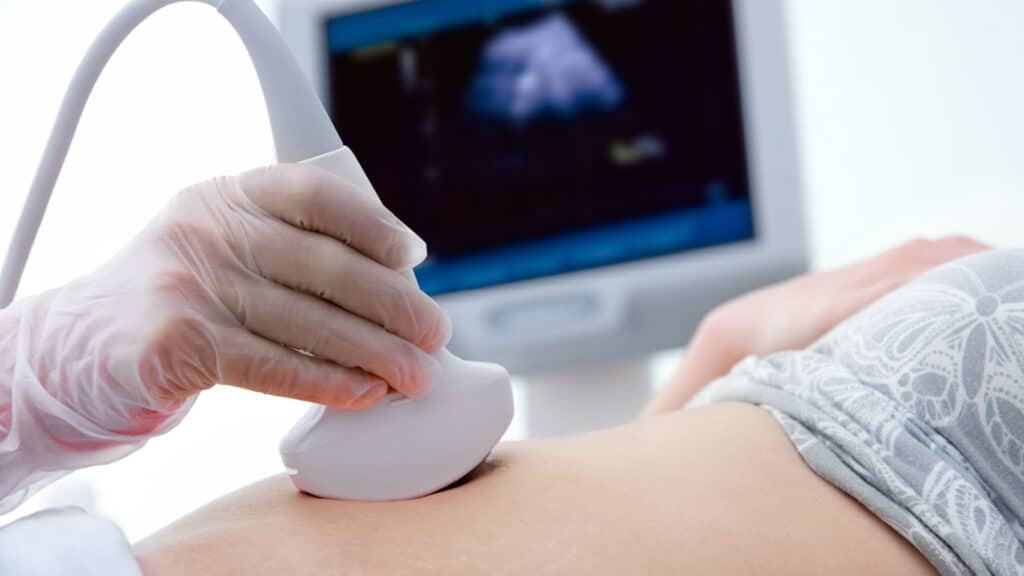Can You Afford To Give Birth To A Baby In The United States?
Having a baby in the United States is an exciting milestone, but it can also come with significant financial considerations. The cost of childbirth varies widely depending on factors such as insurance coverage, the type of delivery, geographic location, and the level of medical care required. This article explores the costs associated with having a baby in the U.S. for those with private insurance, Medicaid, and no insurance.
The Costs of Childbirth with Private Insurance

For individuals with private insurance, out-of-pocket costs depend largely on the specifics of their plan, including deductibles, co-pays, and co-insurance rates. The Kaiser Family Foundation (KFF) reports that the average out-of-pocket cost for a vaginal delivery in 2023 is around $3,000, while a cesarean section (C-section) costs closer to $5,000. These expenses include:
- Prenatal care: Office visits, ultrasounds, and lab tests can range from $500 to $2,000 before insurance adjustments.
- Labor and delivery: Hospital charges for vaginal deliveries average $11,000 to $15,000, and C-sections can cost between $20,000 and $30,000. Insurance typically covers a significant portion of these fees, leaving families responsible for deductibles and co-pays.
- Postnatal care: Follow-up visits for the mother and newborn may cost a few hundred dollars out-of-pocket.
High Deductible Plans

High-deductible health plans (HDHPs) can result in larger upfront costs. For instance, if a policyholder has a $5,000 deductible, they may be responsible for nearly all prenatal and delivery costs until the deductible is met.
The Costs of Childbirth with Medicaid

Medicaid, a joint federal and state program, provides health coverage for low-income individuals and families. The program covers a substantial portion of prenatal, delivery, and postnatal expenses for those who qualify. The costs are significantly reduced compared to private insurance:
- Prenatal care: Medicaid covers most, if not all, prenatal appointments and necessary tests.
- Labor and delivery: Out-of-pocket costs for Medicaid recipients are minimal. While exact costs vary by state, Medicaid generally covers hospital stays, whether for vaginal delivery or C-section.
- Postnatal care: Medicaid includes comprehensive postpartum care for mothers and infants, ensuring follow-up visits and vaccinations are covered.
Medicaid Can Cover Insurance Gaps

On average, Medicaid recipients pay less than $500 for the entire childbirth process. Some states have programs specifically designed to cover gaps in Medicaid, ensuring comprehensive care without unexpected costs.
The Costs of Childbirth Without Insurance

For individuals without insurance, the financial burden of childbirth can be overwhelming. Without negotiated rates or coverage, hospitals charge their full fees, which can be staggering:
- Prenatal care: Costs can reach $2,000 to $5,000 for routine care and diagnostic tests.
- Labor and delivery: Hospital charges for a vaginal delivery range from $10,000 to $15,000, while C-sections can cost $20,000 to $30,000 or more. In states with higher medical costs, these figures can be even higher.
- Postnatal care: Follow-up visits, often necessary for both mother and child, add another $1,000 to $2,000.
Uninsured Pay The Price

For uninsured families, the total cost of childbirth can exceed $30,000 to $50,000. Financial assistance programs and hospital payment plans may help, but they vary widely in availability and generosity.
Additional Costs to Consider

Beyond the direct costs of childbirth, there are numerous additional expenses that families should anticipate:
- Neonatal care: If a newborn requires specialized care, such as a stay in the neonatal intensive care unit (NICU), costs can skyrocket. NICU stays average $3,000 per day, with total costs exceeding $100,000 for extended stays.
- Complications: If the mother experiences complications, such as preeclampsia or an emergency C-section, medical bills can increase significantly.
- Supplies and medications: Items like breast pumps, postpartum medications, and baby essentials can add several hundred dollars.
Regional Variations in Costs

Geographic location plays a significant role in childbirth costs. Hospitals in states like California, New York, and Massachusetts tend to charge more than those in less densely populated states. For instance:
- In California, the average cost of vaginal delivery exceeds $15,000, compared to $9,000 in Alabama.
- NICU care in metropolitan areas often costs more than in rural settings.
Strategies to Manage Costs

- Insurance Review: Expectant parents should thoroughly review their insurance plans to understand coverage, deductibles, and out-of-pocket limits.
- Financial Assistance: Many hospitals offer financial aid for low-income families or those without insurance. Applying early can ease financial strain.
- Payment Plans: Negotiating a payment plan with the hospital can make costs more manageable.
- Medicaid and CHIP: For those who qualify, Medicaid and the Children’s Health Insurance Program (CHIP) provide robust coverage at little to no cost.
Hidden Costs and Considerations

Even with insurance, some costs may catch families off guard. Common hidden expenses include:
- Out-of-network care: Emergency situations may require care at an out-of-network hospital, leading to higher charges.
- Anesthesiologist fees: If the anesthesiologist is not covered by insurance, the epidural cost may not be fully reimbursed.
- Pediatric care: Newborn screenings and pediatrician visits may have separate fees.
Conclusion

The cost of having a baby in the U.S. varies dramatically depending on insurance status. Families with private insurance may face out-of-pocket costs ranging from $3,000 to $5,000, while Medicaid recipients typically pay less than $500. Those without insurance can incur expenses exceeding $30,000, making financial planning essential. By understanding potential costs and exploring assistance programs, families can better prepare for one of life’s most significant events.
Choosing Where to Be Pregnant: Which States Are Conducive To Safe Pregnancy

Women are facing a relentless assault in our nation, with the fundamental right to bodily autonomy hanging precariously in the balance. Increasingly, women are being stripped of their ability to choose whether or not they wish to carry a pregnancy to term, and vital healthcare services that could save lives are being withheld in an attempt to curtail women’s autonomy.
In response, we have identified 25 states where we believe women can reasonably expect conditions conducive to safe pregnancy.
READ: Choosing Where to Be Pregnant: Which States Are Conducive To Safe Pregnancy
Taking Control: Proov Helps Women Navigate Fertility and Perimenopause On Our Own Terms

Throughout our lives, we women are dealing with hormonal levels and how they affect us physically and emotionally. The desire to start a family and understand our own fertility is a powerful part of many of our journeys, and again, later during perimenopause when all kinds of new fluctuations can appear, hormones are again at the front and center of our health. All too often, we do not have the ability to understand or monitor these hormonal fluctuations without expensive, often unavailable or insufficient medical intervention. But now we do, thanks to Dr. Amy Beckley, a PHD Scientist, and her Proov at-home hormone test kit system.
READ: Taking Control: Proov Helps Women Navigate Fertility and Perimenopause On Our Own Terms
Join Us

Join us on this empowering journey as we explore, celebrate, and elevate “her story.” The Queen Zone is not just a platform; it’s a community where women from all walks of life can come together, share their experiences, and inspire one another. Welcome to a space where the female experience takes center stage. Sign up for our newsletter so you don’t miss a thing, Queen!







